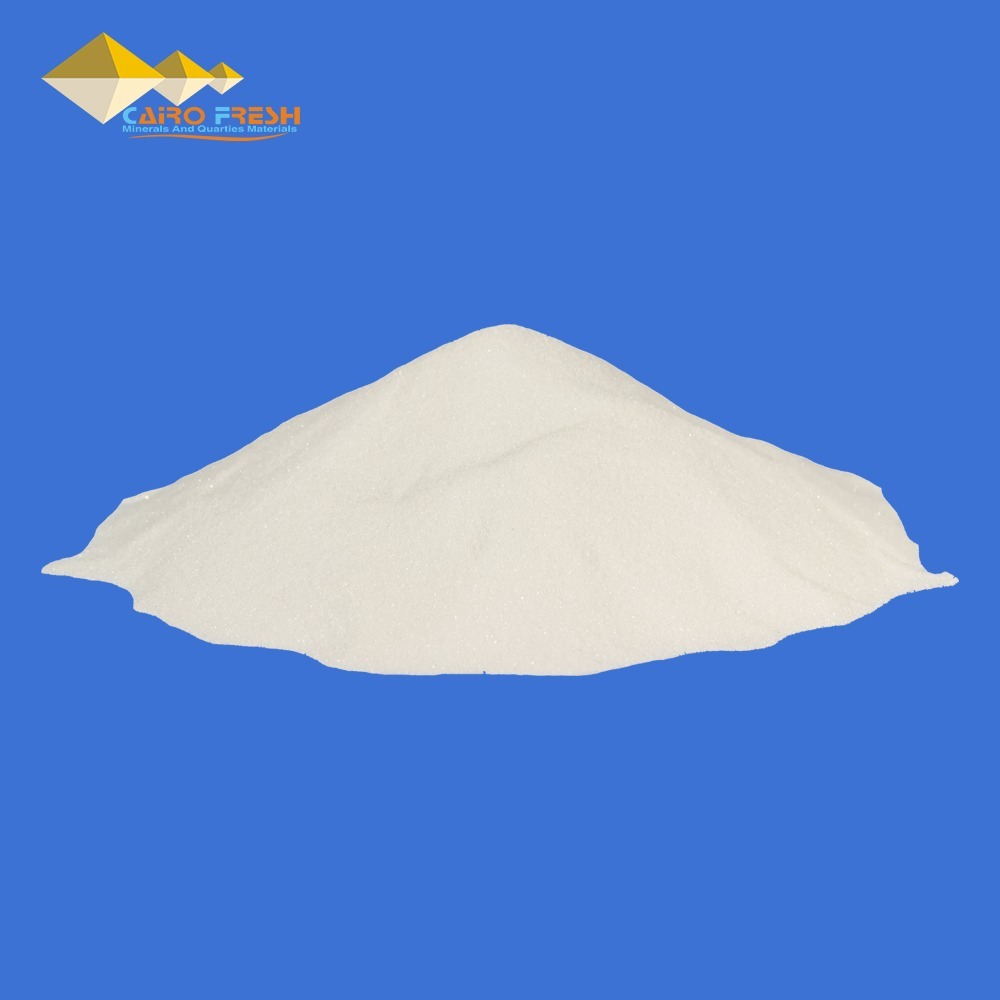Introduction:
Wastewater treatment has become a critical aspect of modern environmental stewardship, with industries and municipalities seeking effective and sustainable solutions to manage and treat wastewater. One material that has proven to be a game-changer in wastewater treatment processes is silica sand. In this comprehensive guide, we will explore the role of silica sand in wastewater treatment and how it contributes to the purification of water resources.
Understanding Silica Sand:
Silica sand, composed of silicon dioxide, is a naturally occurring mineral with a myriad of industrial applications. Its unique properties make it an ideal candidate for wastewater treatment due to its high purity, hardness, and chemical inertness. Silica sand is sourced from various deposits worldwide, and its availability makes it a cost-effective and sustainable choice for water treatment applications.
Filtration Mechanism:
One of the primary uses of silica sand in wastewater treatment is filtration. Silica sand acts as a natural filter medium, efficiently removing suspended solids, impurities, and even microorganisms from wastewater. The filtration process involves passing water through a bed of silica sand, where particles are trapped and retained, resulting in clarified water on the other side.
Advantages of Silica Sand Filtration:
– High Efficiency: Silica sand offers a high filtration efficiency, ensuring the removal of a wide range of contaminants, including organic matter, algae, and silt.
– Cost-Effectiveness: Compared to other filtration media, silica sand is cost-effective both in terms of initial investment and operational costs.
– Sustainability: Silica sand is a naturally occurring resource, making it an environmentally friendly choice for wastewater treatment processes.
– Longevity: Silica sand beds have a long operational life and require minimal maintenance, contributing to the overall sustainability of wastewater treatment facilities.
Applications in Wastewater Treatment:
– Municipal Wastewater Treatment Plants: Silica sand filtration is widely employed in municipal wastewater treatment plants, where large volumes of wastewater are processed to meet stringent water quality standards.
– Industrial Wastewater Treatment: Various industries, such as mining, food and beverage, and manufacturing, utilize this sand for wastewater treatment to comply with environmental regulations and ensure responsible water management.
– Stormwater Treatment: Silica sand is effective in treating stormwater runoff by removing sediments and pollutants, preventing the contamination of natural water bodies.
Challenges and Considerations:
While silica sand has proven to be a valuable asset in wastewater treatment, it’s essential to consider certain challenges, such as:
– Clogging: Silica sand beds may experience clogging over time, necessitating periodic backwashing to maintain optimal filtration efficiency.
– Particle Size Distribution: Achieving the right particle size distribution is crucial for effective filtration, requiring careful selection and monitoring of silica sand.
Conclusion:
In conclusion, silica sand plays a pivotal role in wastewater treatment, offering a natural and sustainable solution for the purification of water resources. Its high efficiency, cost-effectiveness, and versatility make it a preferred choice for municipal and industrial wastewater treatment processes. As technology advances, the integration of silica sand in innovative treatment methods continues to drive progress towards a cleaner and more sustainable future for water management.





